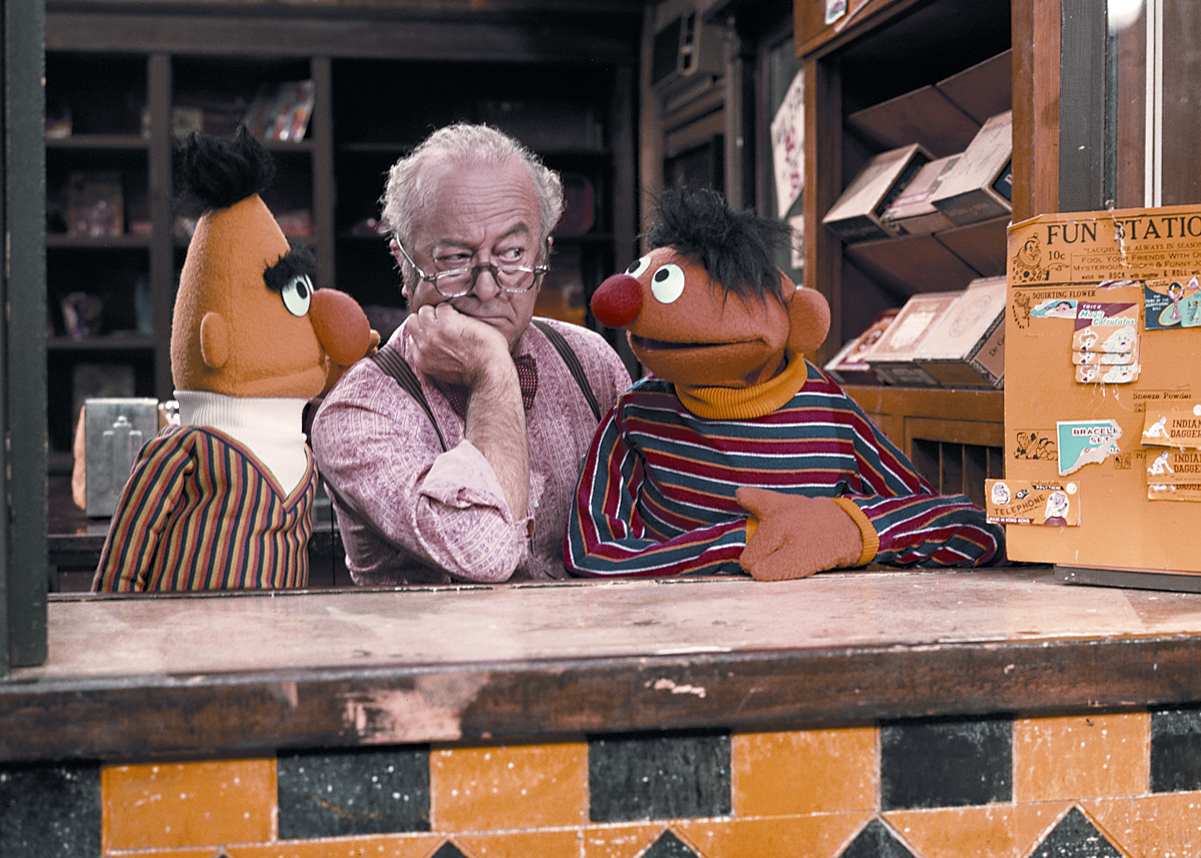Changes to KidVid Rules, Access, on the Horizon
Both commercial and government entities are taking a closer look at the rules and practices they employ for children’s programming.

The FCC this week asked for public input (aka Report & Order) regarding its children programming rules with a vote set for the commission’s July open meeting. Meanwhile, YouTube, after some recent controversial incidents, is considering its own rule changes to where it places kids’ content.
FCC Commissioner Michael O’Rielly described the proposed changes in the R&O as “modest.” Among them are changes to the requirements for airing educational and informational children’s programming. This includes extending the time range for when E/I programming satisfies the required three-hours-per-week window (6 a.m.-10 p.m.); counting a limited number of non-regularly scheduled programming toward the three-hour total, though the majority still regularly scheduled programming; allowing a limited number of short-form programming; and more.
The order says these changes would provide “additional schedule flexibility, allow broadcasters to offer more diverse and innovative educational programming, and relieve unnecessary burdens on broadcasters, while also ensuring that high quality educational programming remains available to all children.”
The FNPRM, meanwhile, is seeking comments on a regime that would allow broadcasters to meet kid programming obligations by, in part, producing or funding programs that aired on another station in their markets.
Some, like the NAB, see these proposed rule changes as a necessary modernization. In an official statement, NAB Executive Vice President of Communications Dennis Wharton said:
“NAB appreciates the efforts of Commissioner O’Rielly, Chairman Pai and FCC staff in crafting common-sense reform to children’s TV regulations long out of step with 21st century marketplace dynamics. Children today can watch video content anytime, anywhere and on any device. While NAB believes the record supports even further relief from KidVid rules, we appreciate the flexibility these revised rules will provide to broadcasters to better serve children, parents and our local communities.”
Get the TV Tech Newsletter
The professional video industry's #1 source for news, trends and product and tech information. Sign up below.
One of those new sources for children’s content that Wharton referenced is YouTube, which is reviewing some of its own procedures when it comes to such content. As The Wall Street Journal has reported, following some incidents where children were exposed to inappropriate content, the online video platform is looking at a couple of different options: one is moving all children’s content into the already existing YouTube Kids app; another is switching off a feature that automatically plays a new video after one has been completed for kids’ programming.
No decision has yet been made as to how YouTube will address these concerns and proposed changes. The FCC will hold a vote on the R&O on July 10.
